Lesson 1: Tan Trao - Historical meeting place
With its strategic geographical location, the patriotic and resilient traditions of the ethnic people and the strong development of the revolutionary movement, Tuyen Quang became the “Capital of the Liberated Zone”, the place that President Ho Chi Minh and the Party Central Committee chose as the revolutionary base in the pre-uprising period. From here, the historic decisions of Uncle Ho and the Party Central Committee laid the foundation for the August 1945 General Uprising, regaining independence for the nation, opening a new era for the country.
Hong Thai Communal House, Tan Trao Commune, where Uncle Ho stopped to rest on the first day in Tan Trao.
Strategic geographic location
Located in the center of the Viet Bac strategic region, Tuyen Quang is the “gateway” between the highlands and the Northern Delta. With rugged mountainous terrain, dense forests, and surrounding rivers and streams, Tuyen Quang is like a solid “natural fortress”, very favorable for developing resistance forces. Thanks to that, Tuyen Quang is not only a safe rear base, but also a traffic and communication hub with both the lowlands and the highlands, even opening up the possibility of connecting with the international community.
Since the end of the 19th century, the uprising movement against French colonialism has been boiling in many areas of Tuyen Quang. Entering the early 20th century, the workers' and farmers' movement continued to rise strongly, especially in the coal mine area. In 1940, the Coal Mine Party Cell was established, marking the organizational and ideological maturity of the local revolutionary movement, quickly becoming the center for spreading the revolutionary movement among workers and people of all walks of life. Some areas in Son Duong, Ham Yen, Yen Son, and Chiem Hoa districts were places with early revolutionary bases. In Son Duong district alone, the adjacent communes of Kim Lung, Kim Tran, and Thanh La met all the conditions to become strategic areas of the revolution.
On March 10, 1945, under the leadership of the Nguyen Hue Sub-Zone Party Committee and comrade Ta Xuan Thu, the people of Thanh La commune (Son Duong) rose up to seize power. On March 16, 1945, at Thanh La communal house yard, a rally took place to elect the Provisional Revolutionary Committee of Tu Do district - one of the first revolutionary governments at the commune and district levels in the country.
Tan Trao Communal House where the National Congress took place.
The establishment of Chau Tu Do opened the uprising movement of the whole province and the whole Viet Bac region. Thanh La uprising had great significance for the August Revolution process. The success of the uprising opened up a large revolutionary base area with Tan Trao in the central position, chosen as the capital of the liberated zone - the center for directing the revolution of the whole country.
Tan Trao sacred land
In May 1941, on behalf of the Communist International, Uncle Ho chaired the 8th Conference of the Party Central Committee. The conference determined: The task of national liberation is the most urgent task of the Indochina revolution. The first task of the Vietnamese revolution at this time is to gain national independence and freedom and happiness for the people.
Faced with the requirements of the revolution in the new period and the approaching historical opportunity, in early 1945, Uncle Ho instructed comrade Vo Nguyen Giap: "It is necessary to immediately choose in the Cao - Bac - Lang or Tuyen Quang region a location with good people, good revolutionary bases, good terrain, which can be conveniently used as a communication center with the lowlands, the highlands and abroad". This is not only a geographical requirement, but also a strategic calculation: "Advance can be used to attack, retreat can be used to defend".
| Looking at the map, Tan Trao commune looks like a hippopotamus curled up, its head facing Thanh La. The area is located at the foot of Hong mountain, surrounded by primeval forests. The Bong mountain range stands tall in the west like a natural wall guarding the entrance. There is also a dense river system with the Pho Day river cutting across the terrain, along with many small streams flowing into it. The mountain and river terrain has helped Tan Trao become both a dangerous and secretive place. In addition to the favorable terrain, by May 1945, most of the localities in Tuyen Quang province had been liberated and became a large liberated zone. |
After a thorough survey, comrade Vo Nguyen Giap and his comrades in the leadership of Division B - Nguyen Hue chose Tan Trao area (formerly Kim Long commune) as the central base. Tan Trao is located on a convenient communication axis, can move in four directions, is a land with revolutionary tradition, good mass base and rugged terrain, favorable for preserving and developing forces.
On the morning of May 4, 1945, from Khuoi Nam, Uncle Ho led the working delegation to the south. On May 21, the delegation went down the Pho Day River to Tan Trao. The comrades in charge of the Nguyen Hue Sub-region Party Committee: Song Hao, Ta Xuan Thu... welcomed Uncle and the delegation at Hong Thai communal house.
According to the memoirs of Senior Lieutenant General Song Hao: Uncle Ho entered Hong Thai communal house to kindly inquire about everyone's health and then asked carefully about the situation of the local movement. He stopped at Hong Thai communal house for about an hour and then decided to go to Tan Trao that same day. At this time, the flood season began, the water of Pho Day river was raging, the comrades in the Viet Minh committee had been informed in advance that a delegation of high-ranking cadres would pass by, so they prepared some sections for the delegation to cross the river.
On the evening of May 21, Uncle Ho and his delegation arrived at Tan Lap village. That night, Uncle Ho stayed at Mr. Nguyen Tien Su's house, ending a journey of more than 400 km. That journey was not only a geographical move but also a historical turning point of the Vietnamese revolution.
Tan Lap village, where President Ho Chi Minh lived and worked after the first days leaving Pac Bo for Tan Trao.
When he returned to the country, Pac Bo - Cao Bang was the first base. However, when the revolutionary movement developed strongly, the liberated zone was increasingly expanded, the opportunity to seize power was approaching, it was necessary to have a more suitable location to form a large revolutionary base in Viet Bac, develop downstream and contact the whole country for direction, which would decide the success or failure of the revolution.
Meanwhile, Tan Trao met all the criteria: a place with a good revolutionary movement, good terrain, and people wholeheartedly following the revolution. Therefore, moving the location of operations from Pac Bo to Tan Trao was a wise decision, demonstrating the strategic vision and outstanding thinking of leader Nguyen Ai Quoc - Ho Chi Minh.
Upon arriving in Tan Trao, Uncle Ho initially stayed and worked at the house of Mr. Nguyen Tien Su, the Chief of Viet Minh, for about a week. Then he moved to live and work at Na Nua hut, east of Hong mountain range, to keep it secret and to work conveniently. The hut was built for Uncle by local people and guards from forest wood and bamboo. Uncle Ho stayed and worked at the hut from May to August 22, 1945 before returning to Hanoi.
Here, Uncle Ho and the Party Central Committee convened the Party's National Conference, organized the National Congress to make important decisions, and mobilized the whole country to carry out a general uprising to seize power. From here, the order for the General Uprising was transmitted: "The decisive hour for the destiny of our nation has come. The whole country, let's rise up and use our own strength to liberate ourselves." In response to the call, the people of the whole country rose up to seize power, making the August Revolution a success, regaining independence for the nation, establishing the Democratic Republic of Vietnam, bringing the country into a new era, the era of independence, freedom and socialism.
Tan Trao has entered the history of the nation as a sacred symbol of the Vietnamese revolution, a place associated with important events that determined the strategy of the Party and the nation. It can be affirmed that from the Tuyen Quang base, with the presence of leader Ho Chi Minh, the history of the country and the nation turned a new page. And, with the important events taking place at the Tuyen Quang revolutionary base, the Vietnamese people ended the long years of slavery, entering the era of independence and freedom with the August General Uprising in 1945.
Source: https://baotuyenquang.com.vn/nguoi-ve-mang-toi-ngay-vui-212085.html


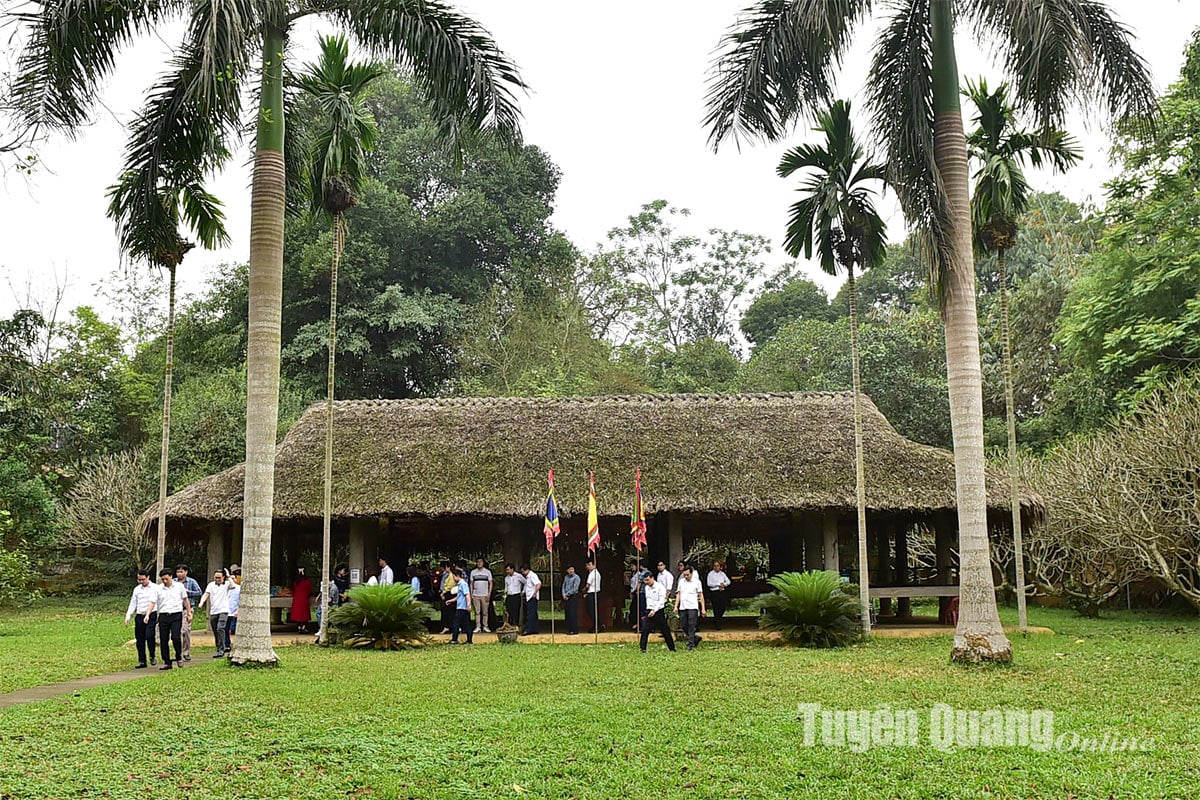
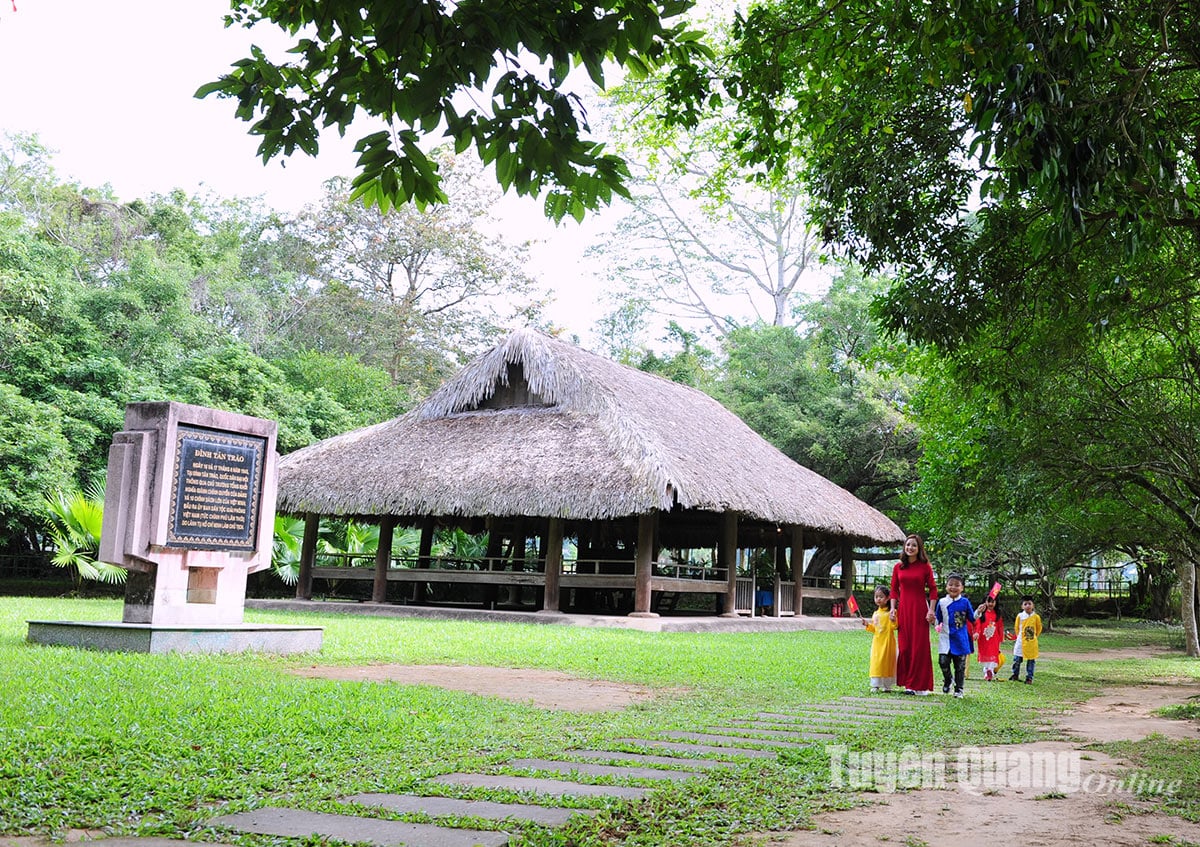
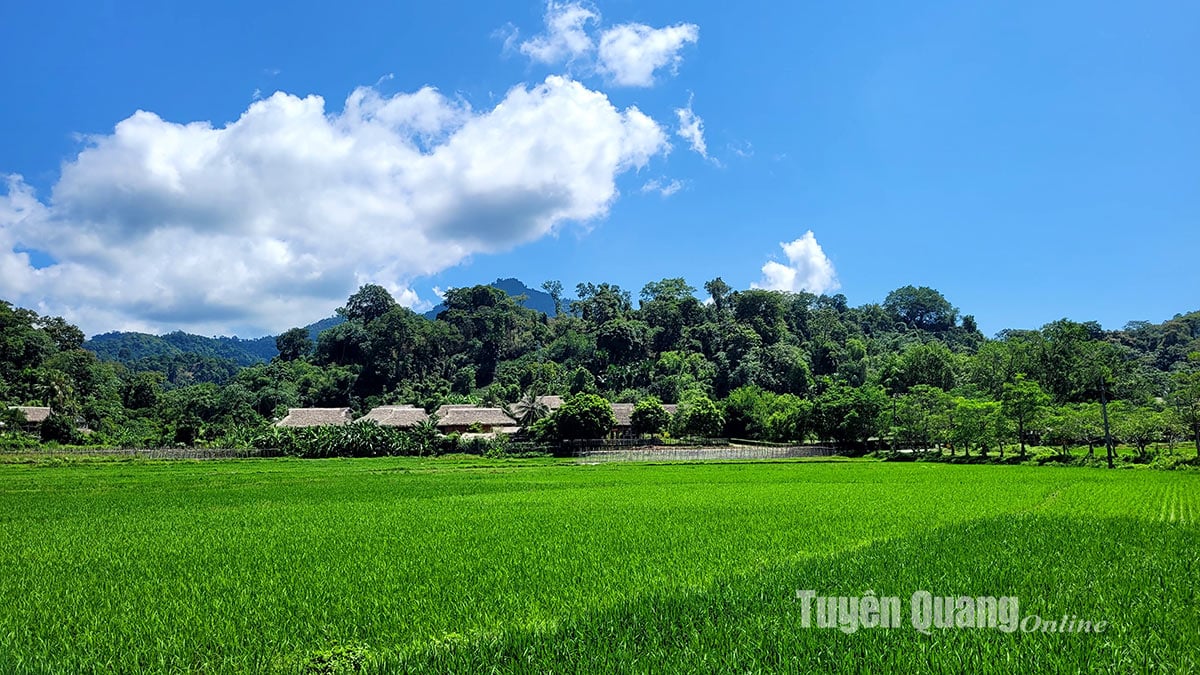

![[Photo] Close-up of Tang Long Bridge, Thu Duc City after repairing rutting](https://vphoto.vietnam.vn/thumb/1200x675/vietnam/resource/IMAGE/2025/5/19/086736d9d11f43198f5bd8d78df9bd41)
![[Photo] Panorama of the Opening Ceremony of the 43rd Nhan Dan Newspaper National Table Tennis Championship](https://vphoto.vietnam.vn/thumb/1200x675/vietnam/resource/IMAGE/2025/5/19/5e22950340b941309280448198bcf1d9)
![[Photo] President Luong Cuong presents the 40-year Party membership badge to Chief of the Office of the President Le Khanh Hai](https://vphoto.vietnam.vn/thumb/1200x675/vietnam/resource/IMAGE/2025/5/19/a22bc55dd7bf4a2ab7e3958d32282c15)

![[Photo] General Secretary To Lam attends the conference to review 10 years of implementing Directive No. 05 of the Politburo and evaluate the results of implementing Regulation No. 09 of the Central Public Security Party Committee.](https://vphoto.vietnam.vn/thumb/1200x675/vietnam/resource/IMAGE/2025/5/19/2f44458c655a4403acd7929dbbfa5039)
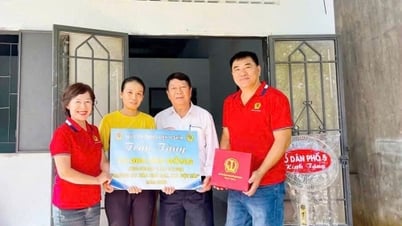

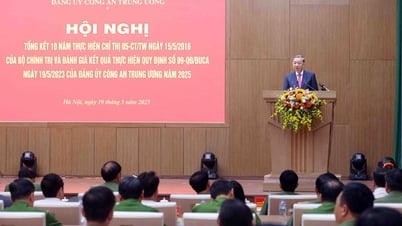

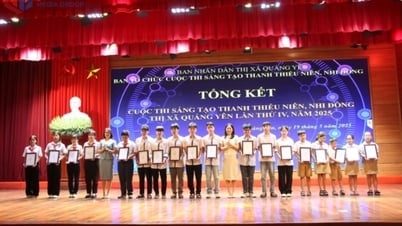

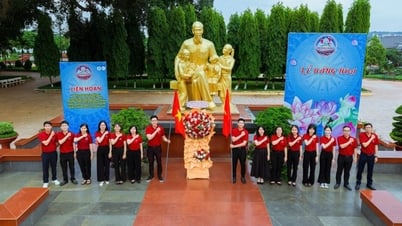

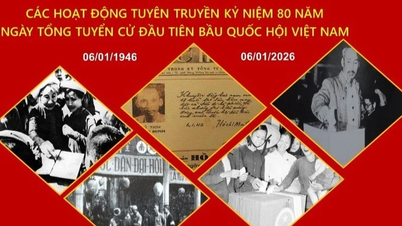

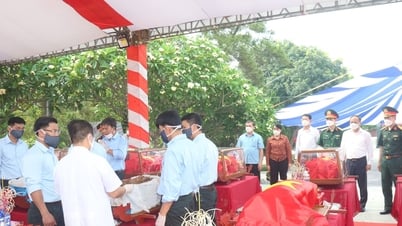





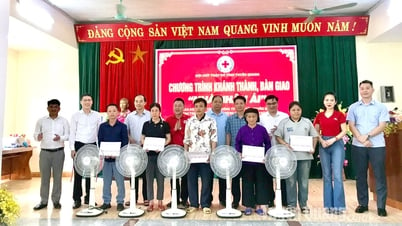

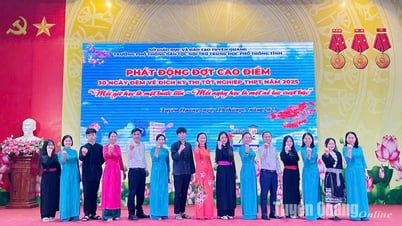


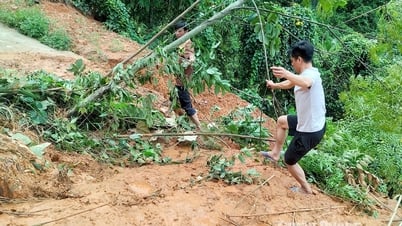
![[Photo] Prime Minister Pham Minh Chinh inspects the progress of the National Exhibition and Fair Center project](https://vphoto.vietnam.vn/thumb/1200x675/vietnam/resource/IMAGE/2025/5/19/35189ac8807140d897ad2b7d2583fbae)

















































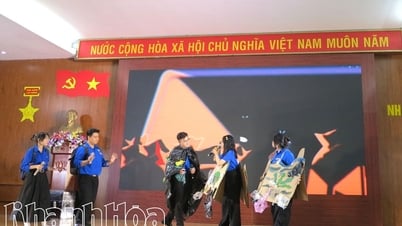

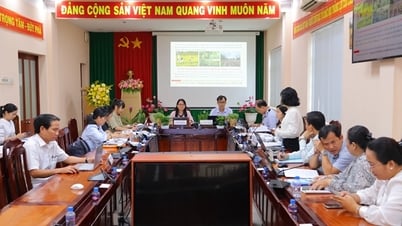
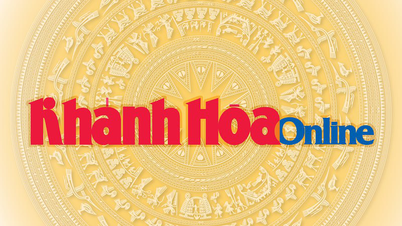
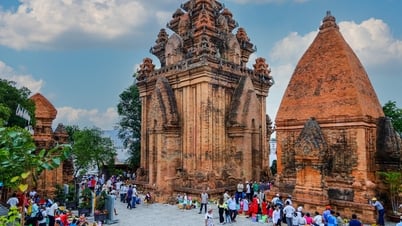




![[VIDEO] - Enhancing the value of Quang Nam OCOP products through trade connections](https://vphoto.vietnam.vn/thumb/402x226/vietnam/resource/IMAGE/2025/5/17/5be5b5fff1f14914986fad159097a677)




Comment (0)